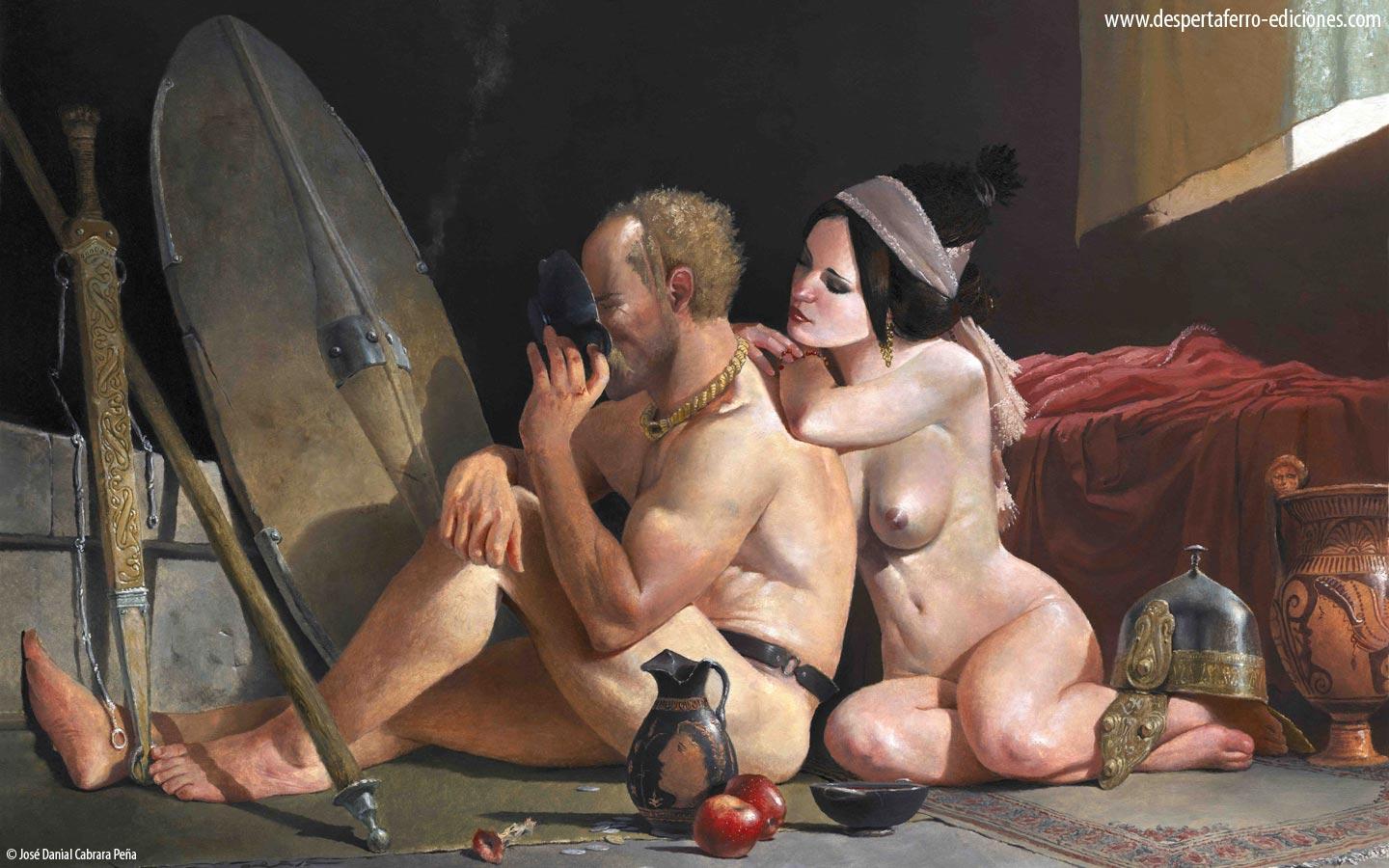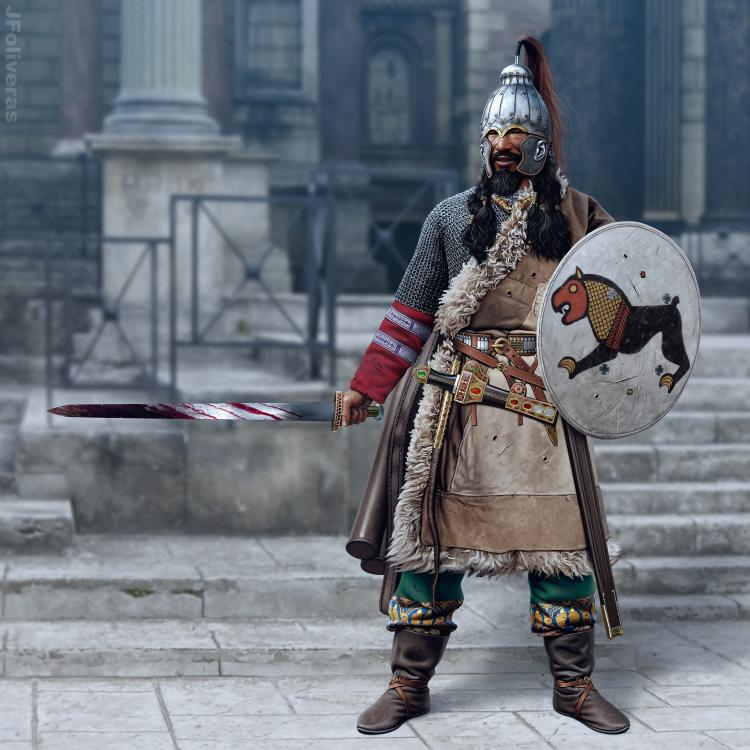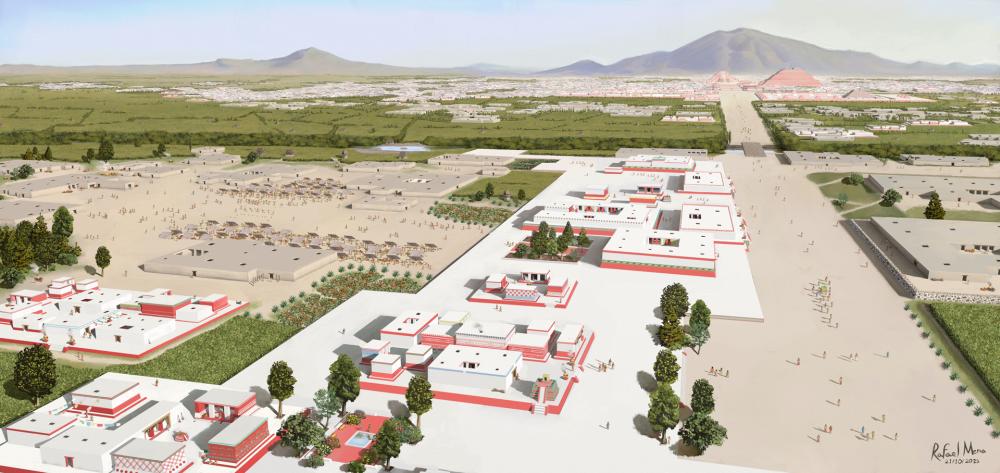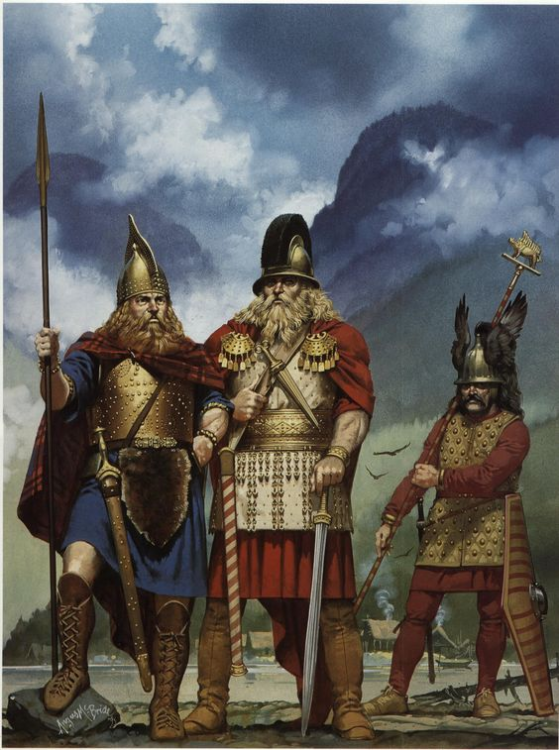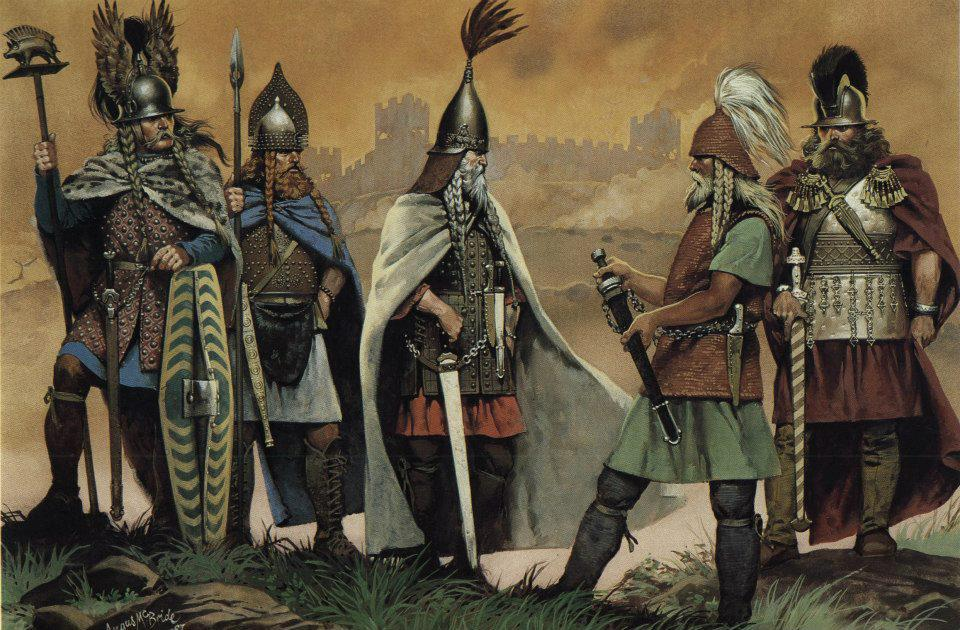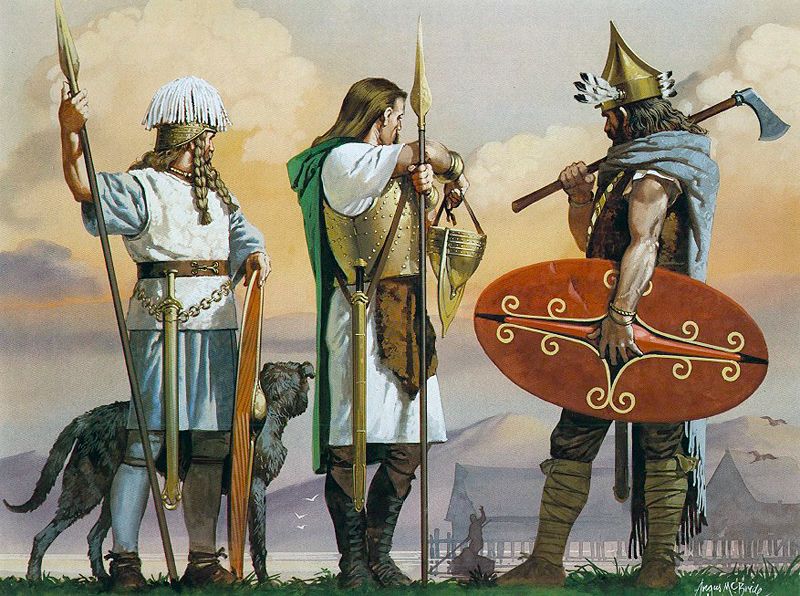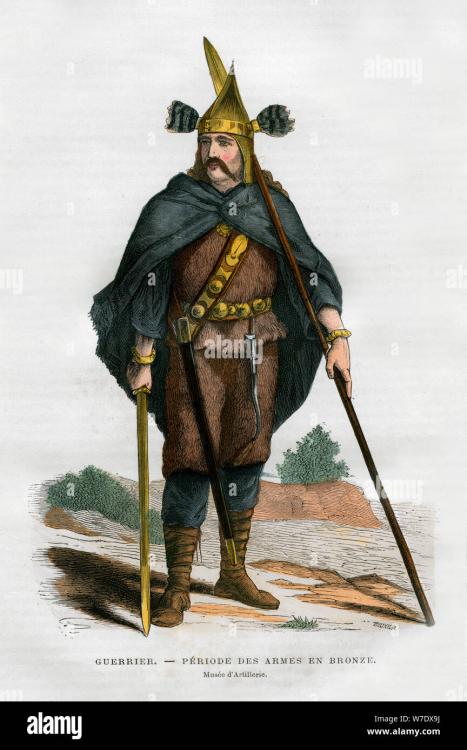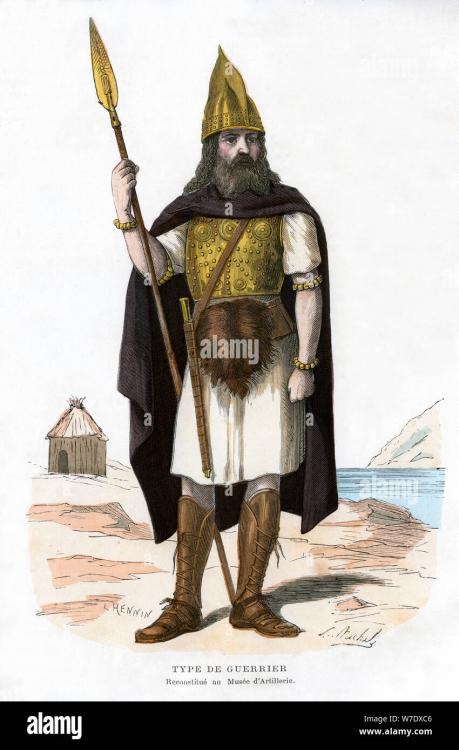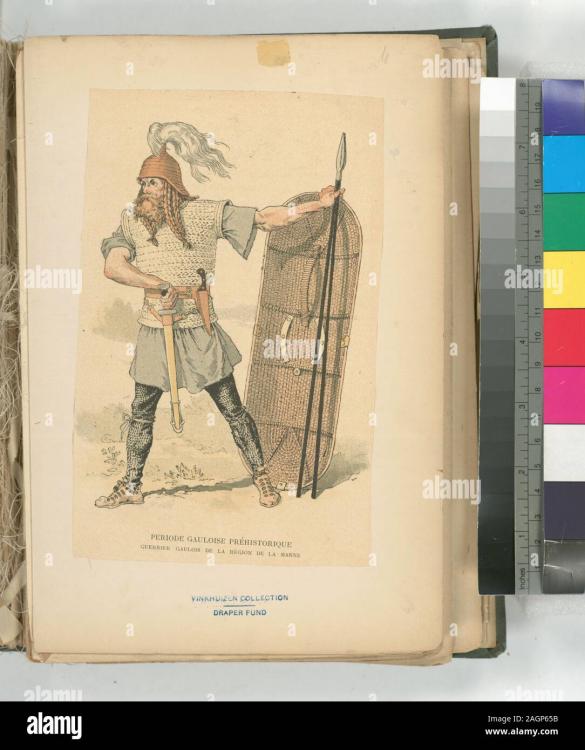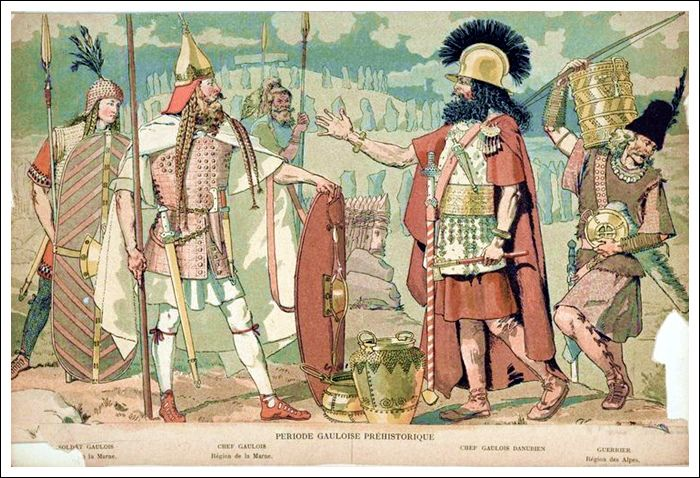-
Posts
2.409 -
Joined
-
Last visited
-
Days Won
83
Everything posted by Genava55
-
Is my idea bad or impossible to implement?
-
DirectX vs Vulkan: Battle of the Modern Graphics APIs https://beebom.com/directx-vs-vulkan/ OpenGL vs Vulkan https://thatonegamedev.com/cpp/opengl-vs-vulkan/ Two interesting articles, this should really emphasizes the importance of the changes for A27.
-
This stone baba is from the Scythian period so no issue. The deer stone pillar is a bit older vut it is fine, it was still used by the Scythians even if they didn't build it. For the sake of diversity we can let it pass through.
-
.thumb.jpg.b21ca1d0c15fb56b42c39b25a0a40815.jpg)
Others RTS - Discuss / Analysis
Genava55 replied to Lion.Kanzen's topic in Introductions & Off-Topic Discussion
Manor Lords -
.thumb.jpg.b21ca1d0c15fb56b42c39b25a0a40815.jpg)
Eurosasian Nomadic culture art.
Genava55 replied to Lion.Kanzen's topic in Tutorials, references and art help
Seriously, a new thread? -
.thumb.jpg.b21ca1d0c15fb56b42c39b25a0a40815.jpg)
Has anyone heard about the XZ issue?
Genava55 replied to ShadowOfHassen's topic in Introductions & Off-Topic Discussion
Yes. But it was pretty obvious it would happen, everything is becoming extremely complex in the digital world. Thousands of libraries developed by a very small number of persons, used by very important systems, which necessitate constant update... it is obviously a weak point. Furthermore, the hacker played the long game this time, earning the trust of the other developers/contributors. -
.thumb.jpg.b21ca1d0c15fb56b42c39b25a0a40815.jpg)
Has anyone heard about the XZ issue?
Genava55 replied to ShadowOfHassen's topic in Introductions & Off-Topic Discussion
The story is scary but thankfully it was not found in stable releases of Debian. Here the concerned versions: It’s known that XZ Utils versions 5.6.0 and 5.6.1 were included in the March builds of the following Linux distributions: Kali Linux, but, according to the official blog, only those that were available between March 26 and March 29 (the blog also contains instructions for checking for vulnerable versions of utilities); openSUSE Tumbleweed and openSUSE MicroOS, available from March 7 to March 28; Fedora 41, Fedora Rawhide, and Fedora Linux 40 beta; Debian (testing, unstable and experimental distributions only); Arch Linux – container images available from February 29 to March 29. However, the website archlinux.org states that, due to its implementation peculiarities, this attack vector won’t work in Arch Linux, but they still strongly recommend updating the system. -
-
Is there anything we can do? I see only three blockers, one issue with the mac app store, one weird issue with Ubuntu (is it a reproduced issue?) and one issue with building spidermonkey... https://trac.wildfiregames.com/ticket/6810 https://trac.wildfiregames.com/ticket/6839 https://trac.wildfiregames.com/ticket/6895 Except the issue with python and spidermonkey, I am not sure the two others are blockers
-
.thumb.jpg.b21ca1d0c15fb56b42c39b25a0a40815.jpg)
Others RTS - Discuss / Analysis
Genava55 replied to Lion.Kanzen's topic in Introductions & Off-Topic Discussion
-
.thumb.jpg.b21ca1d0c15fb56b42c39b25a0a40815.jpg)
Suggestion for chariots
Genava55 replied to Barcodes's topic in Game Development & Technical Discussion
Caesar accounts about the Celtic chariots: Caesar, DBG, 4.24 The natives, however, perceived the design of the Romans. So they sent forward their cavalry and charioteers — an arm which it is their regular custom to employ in fights — and, following up with the rest of their forces, they sought to prevent our troops from disembarking. Disembarkation was a matter of extreme difficulty, for the following reasons. The ships, on account of their size, could not be run ashore, except in deep water; the troops — though they did not know the ground, had not their hands free, and were loaded with the great and grievous weight of their arms — had nevertheless at one and the same time to leap down from the vessels, to stand firm in the waves, and to fight the enemy. The enemy, on the other hand, had all their limbs free, and knew the ground exceeding well; and either standing on dry land or advancing a little way into the water, they boldly hurled their missiles, or spurred on their horses, which were trained to it. Frightened by all this, and wholly inexperienced in this sort of fighting, our troops did not press on with the same fire and force as they were accustomed to show in land engagements. Caesar, DBG, 4.32 Meanwhile one legion, called the Seventh, had been sent as usual to collect corn; nor as yet had any suspicion of hostilities intervened, since part of the people remained in the fields, and part were actually frequent visitors to the camp. Then the outposts on duty before the gates of the camp reported to Caesar that a greater dust than usual was to be seen in that quarter to which the legion had marched. Caesar suspected the truth — that some fresh design had been started by the natives — and ordered the cohorts which were on outpost to proceed with him to the quarter in question, two of the others to relieve them on outpost, and the rest to arm and follow him immediately. When he had advanced some little way from the camp, he found that his troops were being hard pressed by the enemy and were holding their ground with difficulty: the legion was crowded together, while missiles were being hurled from all sides. The fact was that when the corn had been cut from the rest of the neighbourhood one part remained, and the enemy, supposing that our troops would come hither, had hidden by night in the woods; then, when the men were scattered and, having grounded arms, were engaged in cutting corn, they had suddenly attacked them. They had killed a few, throwing the rest into confusion before they could form up, and at the same time surrounding them with horsemen and chariots. Caesar, DBG, 4.33 Their manner of fighting from chariots is as follows. First of all they drive in all directions and hurl missiles, and so by the mere terror that the teams inspire and by the noise of the wheels they generally throw ranks into confusion. When they have worked their way in between the troops of cavalry, they leap down from the chariots and fight on foot. Meanwhile the charioteers retire gradually from the combat, and dispose the chariots in such fashion that, if the warriors are hard pressed by the host of the enemy, they may have a ready means of retirement to their own side. Thus they show in action the mobile of cavalry and the stability of infantry; and by daily use and practice they become so accomplished that they are ready to gallop their teams down the steepest of slopes without loss of control, to check and turn them in a moment, to run along the pole, stand on the yoke, and then, quick as lightning, to dart back into the chariot. Caesar, DBG, 5.15 The horsemen and charioteers of the enemy engaged in fierce conflict with our cavalry on the march, with the result, however, that our troops proved their superiority in all respects, and drove them into the woods and highlands; but, pursuing too eagerly after slaying several of the enemy, they lost some of their own number. After an interval, however, when our troops were off their guard and engaged in entrenching the camp, the enemy suddenly dashed out from the woods, and charging the detachments on outpost duty in advance of the camp, they fought fiercely. And though Caesar sent up two cohorts in support — and those the first cohorts of two legions — and two detachments had taken post with a very slight interval between them, the enemy most gallantly broke through in the middle (as our troops were disconcerted by the novel kind of fighting), and retired safely from the field. On that day a tribune, Quintus Laberius Durus, was killed. The enemy were driven back when more cohorts had been sent up. Caesar, DBG, 5.16 The action took place in front of the camp and under the eyes of all; and it was clear that in all such fighting our infantry, by reason of their heavy armament, since they could neither pursue a retiring enemy nor venture far from the standards, were but poorly fitted for an enemy of this kind. It was clear, again, that our cavalry fought with great risk, because the enemy often retired of deliberate purpose, and, when they had separated our horse a little from the legions, leapt down from their chariots and fought on foot to our disadvantage. Their cavalry tactics, however, threatened us with exactly the same danger in retirement or pursuit. Add to this that the enemy never fought in close array, but in small parties with wide intervals; and had detachments posted at regular stations, so that one party covered another in turn, and fresh, unspent warriors took the place of the battle-weary. Caesar, DBG, 5.17 Next day the enemy took post on the hills, at a distance from the camp, and began to show themselves in small parties and to assail our horsemen, though more feebly than on the day before. But at noon, when Caesar had sent three legions and all the cavalry with Gaius Trebonius, the lieutenant-general, to get forage, the enemy swooped suddenly from all directions upon the foraging parties, with such vigour that they did not stop short of the legions drawn up for battle. Our troops charged them fiercely and drove them back, and did not bring the pursuit to an end until the cavalry, relying on the support of the legions they saw behind them, drove the enemy headlong and slew a great number of them, giving them no chance to rally or stand fast, nor to leap down from their chariots. After this rout the succours which had assembled from all quarters took their departure; and never afterwards did the enemy engage us at their full strength. Caesar, DBG, 5.19 When Cassivellaunus, as above set forth, had relinquished all hope of a struggle, and disbanded the greater part of his force, with the remainder — about four thousand charioteers — he kept our marches under observation, and, withdrawing a little from the route, concealed himself in entangled positions among the woods. In whatever districts he had learnt that we intended to march he drove all cattle and human beings from the fields into the woods; then, whenever our cavalry dashed out over the fields to plunder and devastate more freely, he sent out charioteers from the woods by every road and path, engaging our cavalry to their great danger, and preventing them by the fear thus caused from ranging farther afield. The only course left to Caesar was to allow no party to remove very far from the main column of the legions, and to do as much harm to the enemy in laying waste the fields and in conflagrations as the marching powers of the legionaries could accomplish. -
Peltasts became a specialized force during the Peloponnesian wars, almost like professionals. Very often they were made of allies or mercenaries, therefore it should not be armed "citizens" for the game. What are your questions? I'm willing to make the effort to respond if you make the effort to be concise. I'm not going to read dozens of messages going all over the place to try to understand what you mean.
-
.thumb.jpg.b21ca1d0c15fb56b42c39b25a0a40815.jpg)
Age of Empires 2 Definitive Edition
Genava55 replied to Lion.Kanzen's topic in Introductions & Off-Topic Discussion
A lot of changes in upcoming patch https://forums.ageofempires.com/t/pup-march-2024-patch-notes/249794 -
yes, there is this comment about the picture: Hace un año me encargaron hacer una maqueta de una aldea nahua durante el auge del imperio mexica, como prueba de concepto. La idea era llevar la autenticidad histórica lo más lejos posible dentro de *limitaciones específicas*, en un estilo isométrico 2D con un enfoque pictórico. El teocalli del centro del asentamiento no es representativo de como se veria un templo de una aldea de esa envergadura, pero fue ilustrado de esa manera para darse una idea de como ser verian estructuras de talla mayor. Translation: A year ago I was commissioned to make a model of an Aztec/Nahua village during the height of the Mexica empire, as a proof of concept. The idea was to push historical authenticity as far as possible within *specific limitations*, in a 2D isometric style with a painterly approach. The teocalli at the center of the settlement is not representative of what a village temple of that size would look like, but it was illustrated that way to give an idea of what larger structures would look like. @wowgetoffyourcellphone it should interest you
-
-
.thumb.jpg.b21ca1d0c15fb56b42c39b25a0a40815.jpg)
Age of Empires 2 Definitive Edition
Genava55 replied to Lion.Kanzen's topic in Introductions & Off-Topic Discussion
The Victors and Vanquished DLC is coming for Age of Empires II: Definitive Edition on March 14th 2024 This DLC contains 19 scenarios. -
Exactly. Solving the audio is much easier.
-
People suggesting anything related to captcha should read this article: https://captcha.com/articles/audio-captcha.html Audio is the weakness of captcha.
-
Khronos Drives Industry Support for Expanded 3D Features with Vulkan Roadmap 2024 https://www.khronos.org/news/press/khronos-drives-industry-support-for-expanded-3d-features-with-vulkan-roadmap-2024
-
Yes there are several illustrations by Angus McBride depicting the round shield but those are unreliable. Angus McBride was not the most clever, he was a talented illustrator but he had no issue copying 19th century depictions to base his research. Examples: His inspirations: Angus McBride produced a lot of BS and was a major source of disinformation due to is carelessness with his references. 19th century depictions are unreliable in this case.
- 264 replies
-
- britons
- east celtic
-
(and 2 more)
Tagged with:
-
There is already one.
-
If chat-gpt can answer the question, yes the bots are smart enough now.
-
It is getting more and more difficult, with the development of AI. Captcha currently doesn't work anymore.

